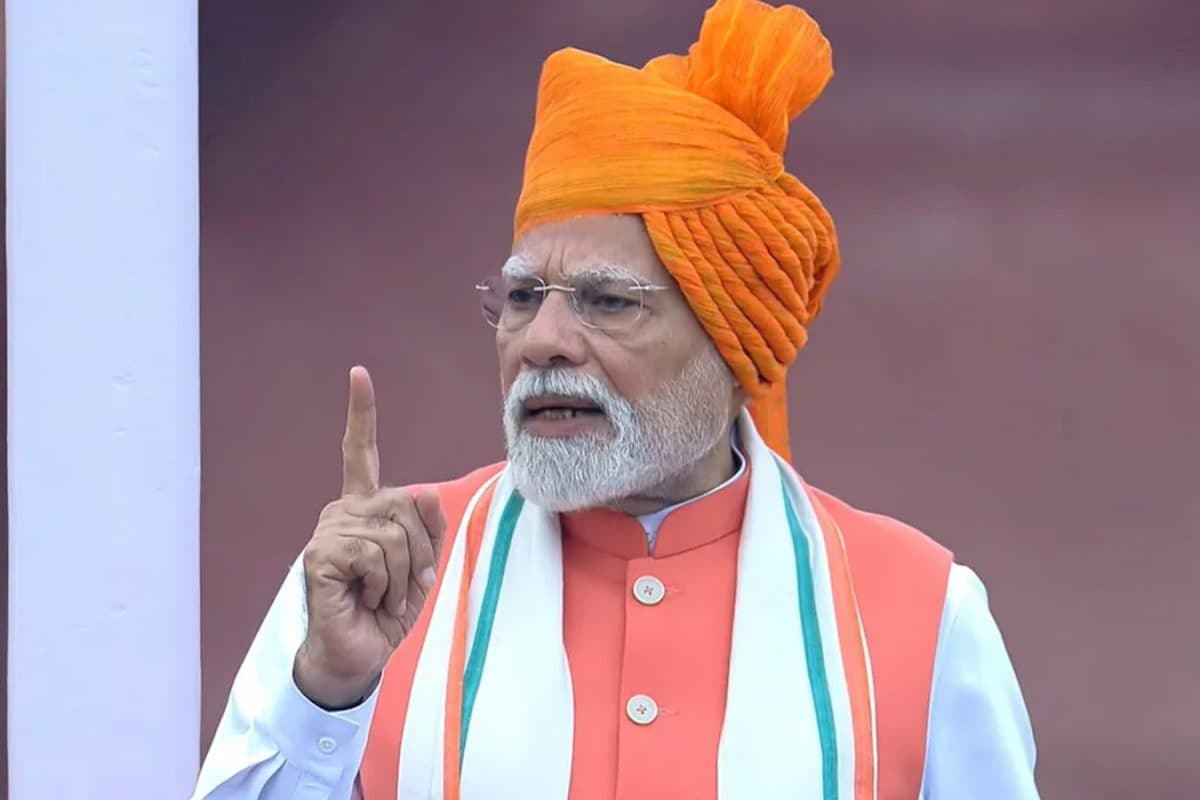

Prime Minister Narendra Modi's Independence Day address on August 15, 2025, included the announcement of a "High-Power Demography Mission," a move that has sparked considerable discussion and warrants careful examination. In his speech, Modi voiced concerns about what he described as a "well-thought-out conspiracy" to alter India's demographic composition, pointing to illegal immigration as a key factor. He asserted that "infiltrators" were endangering the livelihoods of Indian youth, targeting women, and seizing land from tribal communities, emphasizing that such activities would not be tolerated.
Modi's remarks come against the backdrop of India's complex demographic landscape. While the nation is often lauded for its "demographic dividend" – a large working-age population that can potentially fuel economic growth – it also faces significant challenges related to population density, skill gaps, and regional disparities.
The Prime Minister's announcement of the Demography Mission should be viewed in the context of these existing demographic realities and concerns about illegal immigration. He framed the issue as a matter of national security, stating that demographic changes in border areas could pose a threat. Modi also emphasized that India, like any other nation, cannot simply hand over its resources and opportunities to illegal immigrants.
Several factors contribute to the complexities surrounding India's demographic transition. The country's total fertility rate (TFR) has fallen to around 2.0, below the replacement level of 2.1, indicating that the population is stabilizing. However, population growth continues due to demographic momentum, with a large number of young adults in their childbearing years. Regional disparities in fertility rates also persist, with some northern states having significantly higher rates than southern states.
Moreover, India faces the challenge of ensuring that its young population is adequately skilled and employed. High unemployment rates among youth and a skills mismatch between education and employer needs remain persistent problems. Additionally, social and economic factors, such as financial limitations, job insecurity, and lack of access to childcare, influence people's decisions about family formation.
The Prime Minister's message on Independence Day highlights the government's commitment to addressing demographic challenges and protecting the rights and opportunities of Indian citizens. The "High-Power Demography Mission" signals a proactive approach to managing population dynamics and ensuring national security. Modi also unveiled the Pradhan Mantri Viksit Bharat Rozgaar Yojana, a Rs 1 lakh crore employment scheme designed to empower youth and promote skill development and direct financial support for individuals securing their first private-sector job.
It is important to note that India's demographic transition also presents a golden opportunity for economic growth and development. With a large and youthful workforce, India has the potential to increase productivity, savings, and investment. The key lies in investing in education, skill development, and employment generation, as well as promoting women's empowerment and economic development.
In conclusion, Prime Minister Modi's message on Independence Day regarding the Demography Mission underscores the importance of addressing demographic challenges in a comprehensive and strategic manner. By focusing on national security, economic empowerment, and social stability, India can harness its demographic potential and secure a prosperous future for all its citizens.